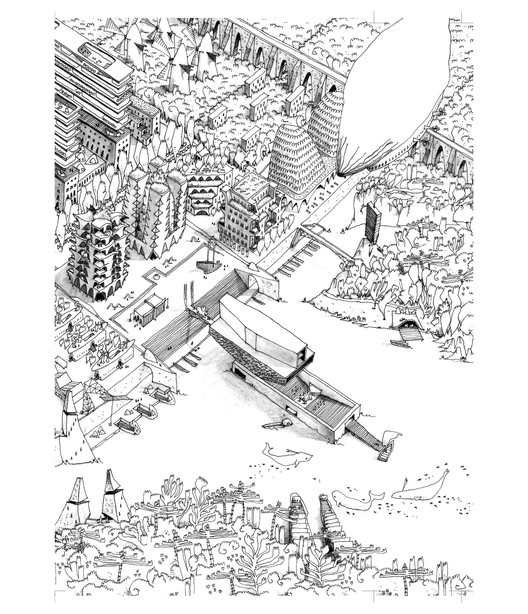
We believe good projects should be able to express and explain themselves. Architectural representation plays a fundamental role in how a project is perceived by the audience, which is why today ArchDaily is recognizing the most outstanding, original and self explanatory drawings of the year.
The selected drawings cover the diverse range of different techniques used in architectural representation today, from hand drawing images to perfectly detailed axonometrics and animated GIFs - but one thing they all have in common is the deep insights they provide into the appearance, construction or concept of the buildings they represent.
Lifelike architectural representation, as we know it today, stems from Greco-Roman schematic representation, which was based on careful observation of natural forms. In the centuries after the fall of the Roman Empire architectural drawing fell into decline as architects worked more as craftsmen, developing designs as they worked and passing architectural knowledge on through apprenticeships rather than physical records.





























.jpg?1451393022)
.jpg?1451392942)



















